Abstract
Knitting has been a part of my family since I can remember. During
covid in 2020 I caught the knitting flu and started learning from my
family. Alongside knitting I was interested in coding and saw a clear
similarity in the construction of knits and code. In 2021 with guidance
from tutors at KABK, I made a knitting pattern program that generates
patterns. Even though I found my patterns interesting in their own right
I felt they were in some sense worthless due to their creation being
through the computer. I was curious to see where this feeling came from
and if it applied to artworks made with computers or if it was a matter
of how I was perceiving the patterns.
By looking at the Selburose’s ambiguous historical significance and
the evolving relationship between humans and machines through knitting,
I am able to weave the history of knitting with its transformation
towards industrialisation, the consequential ‘Arts and Crafts movement’
revolt against the machine which I argue shaped the current view people
have of artworks created by computers today. As well as arguing that
approaching computer-generated artworks from a conceptual perspective
can enrich the work.
The book Sense of order: A study in psychology of decorative
art has been my primary source for historical references of
ornamental art and the book Form + Code: In Design, Art and
Architecture has shed a light on the history of code and computers
and its use in the creative field. The artwork of Phillip Stearns called
Fragmented Memory (2013) has been a great case study for my
arguments where the many disciplines of code, computer, machine, textile
and art are merged into one. I draw comparisons and differences of the
original Selburose and a computer-generated Selburose. Throughout my
research I’ve been using historical- and exploratory research and
qualitative methods. Discovering that the original meaning of the rose
is lost to history yet has adopted many meanings, giving room to
interpret the computer-generated “selburose” in a new light. Viewing
them as separate entities it is easier to appreciate each rose on their
own. The semiotic meaning of the Selburose and its survival through the
decades and the computer-generated one for its hidden meaning and human
innovation in technology and computers, making code a contemporary tool
to aid in art and design.
Introduction
As you read this text, and depending on the season there is a high
chance you might be wearing a knitted garment, or at least you own one.
The garment stored in your closet was most likely made by a mechanical
knitting machine, knitting rows and rows of yarn in minutes. Some are
lucky to have handmade garments, painstakingly knitted by hand one knit
at a time. There is somehow an added value when objects are made by hand
rather than machines however they both follow the same logic. ‘One plain
and one purl’ is the most common knitting pattern there is. It could
also be often knitted in two colours. This binary way of thinking is
most often associated with the computer where bits are organized into 1
or 0, ‘On’ or ‘Off’. In this thesis I explore the history of an old well
known knitting pattern called the Selburose, the history of knitting in
Iceland, I then compare it to a rose pattern generated by a computer to
see if there is a devalue or added value that occurs in the process. I
argue that the Arts and Crafts movement shapes our perceptions of works
made by the machine but propose a conceptual art mentality to highlight
the process of the artwork rather than the final product. I’ll be using
various iterations of the Selburose motif as an example to investigate
the basic structure of computer-generated art and craftsmanship.
Arguments made by the Arts and Crafts movement towards the machine as
well as conceptual art. How can the conceptual approach towards
computer-generated art change the way in which computer-generated art is
made, produced and perceived?
II
Seeing a Pattern
Similarities in knitting and coding, comparing coded pattern with knitting pattern
Despite the innovation of the knitting machine, people still knitted
by hand, even today. The machine managed to turn this once powerful
asset into a pass-time and hobby. Knitting is a calming repetitive job
made easy with a set of instructions. These instructions go row by row,
explaining which knit needs to be knitted or in which colour. Knitting
consists of two things, yarn and knitting needles, when knitting the
needles are used to push yarn through loops so a garment is produced.
The most common knitting stitches are called “plain”and “purl” which are
represented with the letters “K” for plain knit and “P” for purl knit.
When knitting with colours often the primary colour will be mentioned as
“MC” as in ‘Main Colour’ and the secondary colour as “CC” or ‘Contrast-
Colour’. These pieces of information are often depicted in rows as
rounds on paper. Like this scarf pattern:
Round 1: *With Main Color (MC), k1; with CC, k7, repeat from * to end of round.
Round 2: With CC, knit to end of round.
Round 3: *With CC, k4; with MC, k1; with CC, k7; with MC, k1; with CC, k3, repeat from * to
end of round.8
*note the number after the “k” indicates the number of knits that need to be performed.
This can be correlated to the word algorithm in the context
of computers, which is usually a set of instructions that a computer
needs to follow. This practice is not too far off from a simple knitting
pattern.
When writing a program the computer
must follow a set of instructions line by line - instead of row by row -
to complete it. As an example here are the first few lines of the
pattern knitted code developed in 2021 which ignited this thesis.
…
line 124 void draw() {
line 125 background(255);
line 126 fill(0);
line 127 translate(width/2+turtle.len, height/2+turtle.len);
line 126 drawShape();
line 127 }
…
 Fig.1 - Selburose found in an Icelandic knitting magazine.
Fig.1 - Selburose found in an Icelandic knitting magazine.
 Fig.2 - Sheath dated 1BC showing a more symmetrical Selburose
Fig.2 - Sheath dated 1BC showing a more symmetrical Selburose
The Selburose pattern is known by many names for example ‘the
eight-leaf rose’ or ‘the eight-pointed star’ but got its current name
from Selbu, a town located in Norway where in 1851 a young girl named
Marit Guldsetbrua Emstad knitted a pair of mittens for her church and on
the back palm had the rose decorated in black and white. This pattern
became an instant hit among the townsfolk and it is said to have gained
popularity in knitting around the world thanks to Selbu - and Norway’s -
export of knitted goods. This story is most
often associated with the Selburose’s rise to fame however it is not the
pattern’s origin. It is depicted in the book Sjónabókin - Icelandic
Patterns and Ornaments which holds patterns
and ornaments found in Iceland since the 16th century including the
Selburose, which predates the one made in 1851. The earliest example of
this geometric octagram found during this research is in the archive of
the British Museum; there are many instances of the Selburose in
different variations, cultures, context and material, however, the
oldest example found was dated 2000 BC - 1000 BC and can be found on a
stamp seal from the Mesompotamian era.
Stamp seals were usually made to leave an impression on wet clay for
storytelling purposes and the rose is depicted in a landscape setting
most possibly representing a star rather than a rose. A more
recognisable and geometric form of the Selburose can be found on a
sheath found in Britain during the Roman Empire rule in mid 1st century
BC. In that instance it is natural to presume that the pattern is a star
rather than a rose. The sheath has two circular decorations above and
below it and the description mentions a “crescent moon” on the upper
panel.
Strengthening the belief that it
represents a star.
 Stamp-Seal dated 2000 BC - 1000 BC showing the Selburose
Stamp-Seal dated 2000 BC - 1000 BC showing the Selburose
The set of instructions to knit and code are not the only thing they
have in common. There are countless knitting magazines that have been
produced in Iceland and when looking at an illustration of a knitting
pattern they are usually depicted on a grid sheet of paper with each
square filled either black or white depending on where MC or CC should
go. As seen in fig 1. depicts a mitten pattern found in the knitting
magazine “Hugur og Hönd” with a common knitting pattern called the
Selburose. This binary depiction of the pattern can easily be
interpreted as pixels on a screen made by a coded program.
Despite the rose’s ambiguous cultural and historical meaning
it is still knitted today with many people connecting it with Christmas,
winter or even the country of Norway.
It is probably no surprise why the Selburose pattern was made. The
first patterns made by humans are mostly based on their surroundings and
objects which were beautiful for them, so there is no wonder why most
patterns, ornaments and motifs are based on nature, plants, flowers and
even stars. Perhaps it is because of nature’s inherent beauty and
ever-changing seasons. However, rarely is nature as structured as most
knitting patterns, so some human intervention for rule and order is
implemented. It could be argued the reason the
Selburose has a strong connotation to christmas is due to its
resemblance to the poinsettias flower which bloom around christmas time.
Due to the cold weather of the season knitted goods are greatly
appreciated. The patterns knitted were often depicted as black and white
boxes, which look visually similar to pixels on the screen.
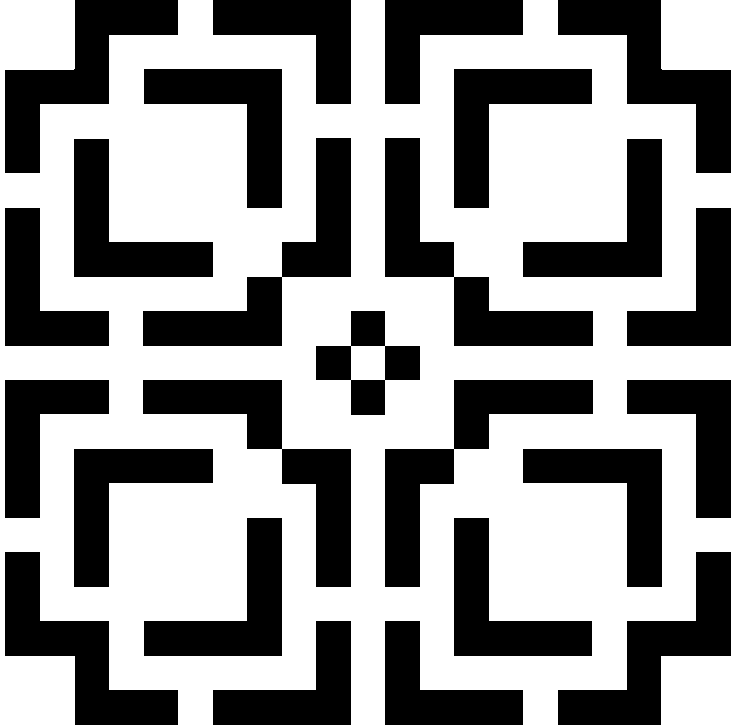 Fig 4. The word “selburose” interpreted by the knitting pattern program developed in 2021.
Fig 4. The word “selburose” interpreted by the knitting pattern program developed in 2021.
In the book Form + Code in design, art, and architecture
Casey Reas exclaims that the use of code in art can be put into two
categories, none of which is lesser than the other, they are
production and conception.
Back in the 19th-century production was the main focus of machines but
as they evolved into home computers their skills broadened towards
conception, or forming an idea. This view was best captured by the words
of A. Micheal Noll “an intellectual and active creative partner that
when fully exploited could be used to produce wholly new art forms and
possibly new aesthetic experiences”. He compares the
computer to a partner in which new territories in the art can be
explored, broadening our forms of expression through art.
Because of the computers inherent capability of being able to perform
the same calculations over and over again displaying the output in a
binary - pixel like output imitating a knitting pattern. I wanted to
merge these two disciplines into one. By creating a program that
generates knitting patterns based on an l-system - ,
recursion and mirroring pixels I was able to generate countless
patterns based on random input. In reality the program’s output is
actually a motif which is the fundamental building block of a
pattern, without a motif, there is no pattern. It is not until you
repeat that motif multiple times when a pattern emerges.
As mentioned earlier every pattern has an input which was made in
binary, - or 1 and 0. This input can be random strings
of 1 and 0 however it can also be based on any character
encoding that uses binary input, for example like the ASCII binary
alphabet or morse code. That type of code can be described as
transcoding - where one type of digital material is converted
into another.
In the knitting pattern program mentioned earlier the binary inputs
represent two functions which is a reusable code that is used
to perform a single, related action. In this program 1 represents “draw
a pixel and move up by one pixel” and 0 means “go up by one pixel”.
Starting from the middle it then mirrors these instructions until the
string of 1 and 0 have finished.
With this new found way of transcoding information into a motif it is
interesting to compare a well known knitting pattern with its
computer-generated counterpart. That is why the word “selburose” was
chosen with its long history from knitting; it would be a good fit to
compare it to the computer-generated one. The generated pattern was made
before the discovery of the Selburose ambiguous history which opens up
new sets of questions about the value of art. And if the way we look at
art from different perspectives can change the way we de- or add value
to them. When did we start making art with computers and how did it
affect us to make art with computers today?
 Fig 5. ASCII binary translation of the word “selburose”
Fig 5. ASCII binary translation of the word “selburose”
 Fig 6. Construction of the computer-generated “seblurose” pattern based on the ASCII binary translation
Fig 6. Construction of the computer-generated “seblurose” pattern based on the ASCII binary translation
III
This is not a rose
Textiles, the medium of imagery
“Form which is not taken from natural objects are ugly”
These are the words written by the English writer John Ruskin. Born
in 1819 he was associated with the Arts and Crafts movement. The
movement focused on reforming design and decoration as a
counter-movement towards rapid industrialisation. William Morris -
another follower of the movement - continues in his text to argue the
increased profit greed and less attention to detail will result in the
overall quality of a work being diminished.
This was also expanded by William Morris in his paper Hope and Fears
of Art saying “…everything made by man’s hands has a form, which
must be either beautiful or ugly; beautiful if it is in accord with
Nature, and helps her; ugly if it is discordant with Nature, and thwarts
her; it cannot be indifferent…” It is hard to argue
that the machine is in fact natural due to its many mystical properties
and Morris’ words seem to suggest that the machine and therefore
computers will never make beautiful art because of their lack of
connection towards nature. The industrial revolution had the beneficial
effect that clothes, furniture and other status symbols became ever more
acquirable for the lower- and middle-class citizens. These new
productions however lacked in quality, so much so that Alexis de
Tocquville wrote in 1812 about the effect of workmanship made by Percier
and Fontaine “a look of brilliance unannounced to its true worth”
“appear as something he is not” which sheds a light that machine-made
decorations are inherently ugly.
However, that does not diminish the machine’s potential. As Frank
Lloyd Wright, mostly known as an architect, indicates in his essay from
1901. Wright mostly criticised Morris for his narrow view on machines
and tries to highlight its benefits for human labour, innovation and the
future. Using the printer as an example, which in many ways is a
machine, calling it the first great machine after a great city. The
machine, Wright writes, is a “tool which frees human labour, lengthens
and broadens the life of the simplest man.”
By that, he means that the machine should be looked at as a tool to aid
persons in their projects. He goes on saying that in every age there
have been tools which humans have used freely to express themselves in
art “…the tool most successful in saving the most precious thing in the
world - human effort”. This can be compared to today’s use of computers,
where we have found ways to simplify otherwise complex and repetitive
tasks, saving both time and energy with the added benefit of making it
more accessible for a greater number of people. That can be seen in the
computer program that generates knitting patterns as well as the
knitting machine which produces the garment much quicker and easier than
by human hands.
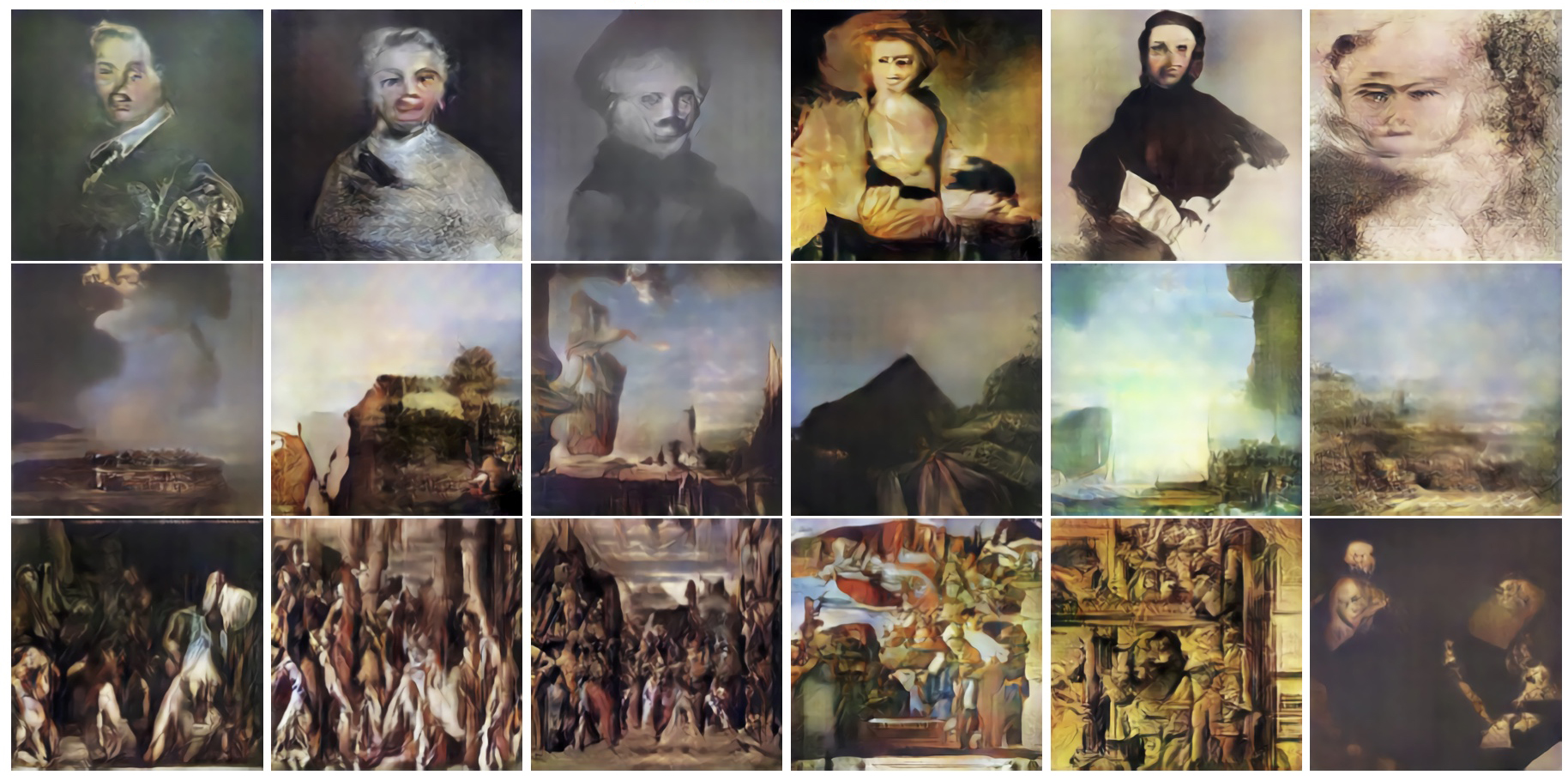 7. Sample images generated by style classification CAN model, a
variant of CAN with style classification loss and without the style
ambiguity loss. The images show recognizable genres such as portraits,
landscapes, etc.
7. Sample images generated by style classification CAN model, a
variant of CAN with style classification loss and without the style
ambiguity loss. The images show recognizable genres such as portraits,
landscapes, etc.
This view of the machine still echoes until this day. With the
development of tools such as artificial intelligence, some
computer scientists have made a program that generates paintings based
on various styles found in museums around the world, for example
landscapes, portraits and still life. Alumni at the The Art & AI
Laboratory in Rutgers University are behind the developments of such a
program. The output of the paintings are mostly colourful abstract
shapes that echo what the program was fed as real examples. Their
conclusion was “The system was evaluated by human subject experiments
which showed that human subjects regularly confused the generated art
with the human art, and sometimes rated the generated art higher on
various high-level scales.” However the researchers did note that “…it
[the computer] does not have any semantic understanding of art behind
the concept of styles.” Leaving all the art open for interpretation by
the humans observing it. Without semantics it
is hard to have a meaningful discussion about art. When observing the
portrait section of the generated art there is an eerie feel to it,
almost uncanny they recable a melted ghost screaming for their lives,
frozen in the painted frame forever (see Fig 7.). It is hard not to
think about the Arts and Crafts Movement quote about nature and how by
imitating it through a machine it therefore becomes ugly. In this case
computers do save time and energy when it comes to painting but quicker
does not mean better. But in return we may ask if time and energy
does increase the artworks value?
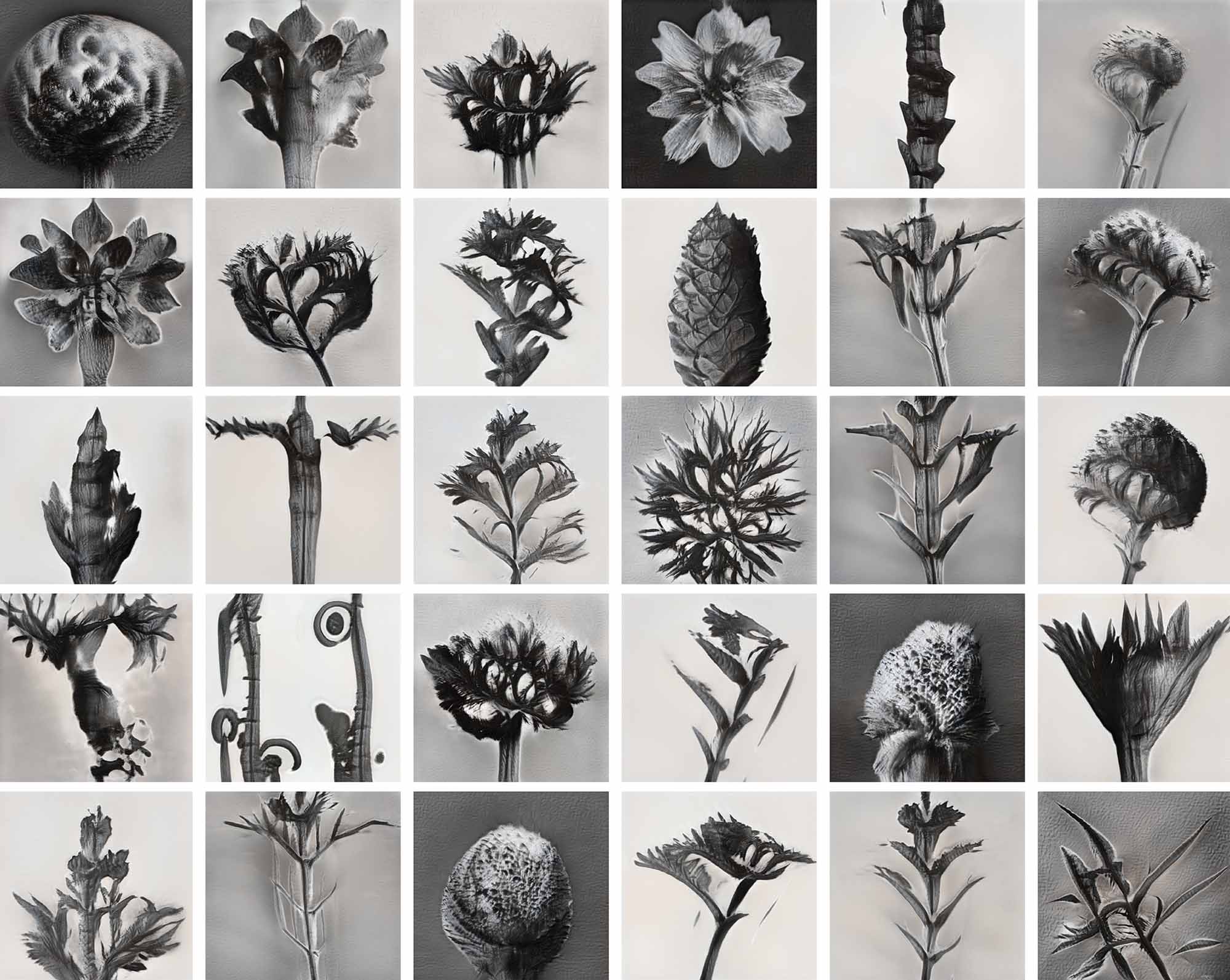
 Fig 8. Animation of the coutnless illustrations from Bio-Morphosis by Stanislas Chaillo.
Fig 8. Animation of the coutnless illustrations from Bio-Morphosis by Stanislas Chaillo.
In his work Bio-Morphosis artist Stanislas Chaillou
generated countless illustrations of plants and flowers through AI,
saying it “cuts across species and usual classifications by transposing
biomorphism into the poetic field.” Training the AI to see countless
illustrations made by Karl Bossfeld published in his book Urformen
der Kunst from 1928. The result are flowers never before seen by
the human eye, something that nature could never produce.
By not knowing the fundamental law of nature the AI is in position to
break free from convention and create something completely original.
However every illustration made by the AI is not a rose. It is only the
computer’s interpretation of what data they were fed in this
case illustrations depicting flowers and roses. Similarly to the
knitting pattern code where it has no perception of what a rose is but
is only following a set of instructions set up by the creator. Because
the outcome is mirrored and symmetric, visually it looks like a rose and
therefore many would perceive it as one but just like the Selburose, the
patterns could also be perceived as stars. Even though these roses don’t
exist in real life the program broadened the horizon of what a rose
could be. Similar to Wright’s arguments about innovations that can be
achieved by using the machine as a tool.
 Fig 9. Fragmented Memory (2013) by Phillip David
Fig 9. Fragmented Memory (2013) by Phillip David
 Fig 10. Abstract Browsing by Rafaël Rozendaal.
Fig 10. Abstract Browsing by Rafaël Rozendaal.
Making art with the machine or computers which does not try to
emulate nature but create new perspectives is perfectly illustrated in
the artwork Fragmented Memory (2013) by Phillip David Stearns.
This triptych woven artworks made from Stearns computer’s physical
memory and woven at the TextileMuseum Tilburg memorialise his computer’s
data in fabric. It divides the data into 6 bits which is then assigned a
RGB colour value - transcoding the data into colours. On the back there
is the key to the encryption which in theory would make it
possible to decode the information presented on the front of the
fabric.
“Textiles have long been used as a medium for imagery but are also
closely connected to the development of automation and computer
technology. Fragmented Memory collapses these two histories, functioning
as a visual and physical medium for the storage and transmission of
digital information.”
Rafaël Rozendaal is a Dutch-Brazilian visual artist currently working
in New York. In his work Abstract Browsing Rozendaal explores
the abstraction of a common computer-browser by using a plug-in. When
activated the browser becomes a random collection of colourful
rectangles. “It shows you the skeleton of the web. It’s like seeing an
X-ray of a building, showing the structural elements.” Since computers,
phones and other electronics have become such an integrated part of our
lives there is full reason to speculate how to preserve all this
information. The obvious solution is to copy everything and store it in
a safe place but it’s quite unpredictable how long this data will
last.
Rozendaal went a step further with
his Abstract Browsing and weaved it into carpets. His reasoning
is that weaving is a sort of “mechanical painting”.
Just as the paintbrush transfers ideas of the artists onto the canvas,
the Jacquard loom transfers data into the woven material.
By allowing the computer to determine the outcome of the piece with a
common language and medium that both computers and humans could
understand, Stearns manages to bridge the gap between humans and
machines. This steers away from the shallow re-creations of the CAN
program mentioned earlier. This way of looking at computers and arts
could be compared with the “truth of material” a principle by
Redgraves which believes that the innate
qualities of the materials should influence the projects created from
them. By using computers as a tool to create art based on its
capabilities instead of relying on pre-know aspects made by humans we
can start to see it from a conceptual art point of view. In conceptual
art, the idea or concept coupled with the artwork is seen as the most
important aspect of the artwork
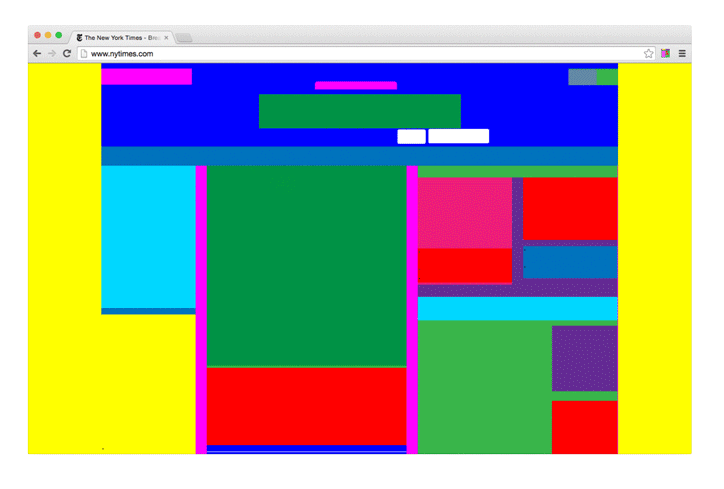 Fig 10. Abstract Browsing by Rafaël Rozendaal
Fig 10. Abstract Browsing by Rafaël Rozendaal
, 266 x 144 cm..jpeg) Fig 11. Abstract Browsing woven into tapestry
Fig 11. Abstract Browsing woven into tapestry
“When an artist uses a conceptual form of art, it means that all of
the planning and decisions are made beforehand and the execution is a
perfunctory affair. The idea becomes a machine that makes the art.”
-Sol LeWitt
Sol LeWitt’s quote ties in perfectly when we look again at the two
categories of code in art, where code becomes the conception of the
artwork rather than the production. The construction of code has a
similar process to conceptual art where you have to define all
parameters before executing the program that will in the end produce the
artwork. In his text Art after Philosophy Joseph Kosuth writes
about aesthetics “ it’s important to separate aesthetics from art
because aesthetics deals with opinions and perceptions of the world in
general”. He goes on to say that ornament’s main reason to be is purely
for aesthetic purposes, to make something look more attractive than it
is. Formalist criticism on art is only based on its physical attributes
and bypasses its conceptual element. “formalist art becomes art only by
virtue of its resemblance to earlier works of art”.
The artisans of the old used aesthetics as a crutch to sell their art.
Conceptual art tries to interrupt the process of art. To highlight the
process rather than the final work not relying on aesthetics and
ornaments but the idea that made the artwork come to life. . It then is
not a question about beauty of the artwork but questioning what
is art?.
IV
“A rose is a rose is a rose”
A conclusion
Knitting has been a part of Icelandic culture for a few hundred
years, establishing itself as a reliable, cheap and easy way of making
garments. Through the knitted garments people started developing
patterns based on objects found in nature, which could soon be recreated
by the machine during the industrial revolution. This sudden shift in
production shocked the Arts and Crafts movement prompting them to
organise a rebellion towards the machine and declaring everything made
by it to be ugly and fearing it would diminish the quality of art. The
Arts and Crafts movement failed to see the potential of the machine as a
tool to aid human innovation as Wright pointed out. When looking at
artworks where modern computers imitate portraits and landscapes usually
made by hand, as in the case of the CAN program, I agree with the Arts
and Crafts movement’s argument that its shortcomings lay in them trying
to imitate nature and therefore being ulgy. But as well as losing the
semiotics and the valuable process of the artwork which conceptual
artists would deem of higher importance.
Pinning computers against humans is an unfair comparison because
machines will never be human and humans will never be machines. That is
why artworks made by Stearns and Rozendaal stand much taller, their way
of approaching the machine as a tool or a collaborator, knowing its
potential, limitation as well as highlighting the production of the
artwork and finding a fitting format to display those artworks echoes
the chant from the conceptual artists of the 1960s. Illustrated
perfectly in the quote by Sol leWitt where “…The idea becomes a machine
that makes the art”.
When approaching computer-generated art conceptually there is value
added to the work. When something is handmade there is an aspect of
craftsmanship, time, energy and expertise. When something is made by the
computer it is assumed it was made without any effort and robbed
potential craftsmen. Yet there are humans always behind every machine
and even code has a certain craftsmanship behind it. Patterns in
knitting have often been overlooked in their potential meaning. Often
used to decorate and enrich a design rather than be the main aspect of
it. By looking at the process of the pattern, how it was made, what it
means and the medium used to display it can all have an effect on its
value. Nothing is born with value, value comes with time, and grows with
its use.
In this thesis I talk about a rose, but this thesis isn’t about the
rose, but cultural value and human innovation. Looking back at how we
have viewed our innovations in art and rebelled against them. Today we
stand at a similar crossroads with technology advancing further and
faster than ever before. The way we value art made by or with a computer
will become an important foundation for future artists and art critics.
The Selburose has its culture, aesthetics, its beauty and comfort that
can be found from its familiarity and history and its endless
appreciation from countless cultures. The computer-generated selburose
can be appreciated by its conceptual elements: The fascination of human
innovation in machinery, the almost mystical properties of the computer
and the computer as a tool to aid in the design process. That is how we
can both appreciate the art of the old and the art to come.
Bibliography
Alberro, Alexander. Stimson, Blake. “Paragraphs on conceptual art.”
Conceptual Art: A Critical Anthology. The MIT Press, 1999
Axelsdóttir, Kristín. Prjón á Íslandi. University of
Iceland. 2021
Canton, Jake. February 6, 2019 | P. B. (2019, February 6).
Falling Snow Scarf. Purl Soho Falling Snow Scarf. Retrieved
April 1, 2022, from https://www.purlsoho.com/create/2019/02/06/falling-snow-scarf/
Chaillou, Stanislas. “Bio-Morphosis” http://stanislaschaillou.com/biomorphosis.html#_1.
Accessed 20 February 2022
Discovering Patterns. Burnford, Paul. Stoops, Jack. CBS INC,
1964.
Elgammal, Ahmed. Liu, Bingchen. Elhoseiny, Mohamed. Mazzone, Marian.
CAN: Creative Adversarial Networks Generating “Art” by Learning
About Styles and Deviating from Style Norms. Rutgers University,
2017
Geirfinnsdóttir, Birna. Magnússon, Guðmundur Oddur. Íslenska
Sjónabókin: Ornaments and Patterns found in Iceland.
Heimilisiðnaðarfélag Íslands, 2016
Gombrich, E. H.,. The Sense of Order: A Study in the Psychology
of Decorative Art. Phaidon Press, 2002
Jasia Reichardt, Cypernetics, art and ideas (New York: New
York Graphic Sciety, 1971), 143.
Jóelsdóttir, Ásdís. Uppruni, hönnun og þróun íslensku
lopapeysunnar: Rannsókn og skýrsla unnin af Ásdísi Jóelsdóttur lektor
við Háskóla Íslands. University of Iceland. 2014
Kosuth, Joseph. Art after philosophy and after. MIT PRESS,
1991
Menabrea, Luigi Federico. Lovelace, Ada King. Sketch of the
analytical engine invented by Charles Babbage, Esq. Taylor and
Francis, 1843.
Morris, William, and May Morris. “The Revival of Handicraft [1888].”
The Collected Works of William Morris: With Introductions by His
Daughter May Morris. Cambridge: Cambridge UP, 2012. 331-41. Print.
Cambridge Library Collection - Literary Studies.
Morris, William. HOPES & FEARS FOR ART. FIVE LECTURES BY
WILLIAM MORRIS. LONGMANS, GREEN, AND CO. 1919
Programming patterns: The story of the jacquard loom.
Science and Industry Museum. (n.d.). Retrieved April 1, 2022, from https://www.scienceandindustrymuseum.org.uk/objects-and-stories/jacquard-loom#:~:text=Inspiring%20early%20computing,-Jacquard’s%20invention%20transformed&text=The%20Jacquard%20loom%20is%20often,the%20design%20of%20early%20computers
Reas, Casey. McWilliams, Chandler. Form + Code in design, art,
and architecture, Princeton Architectural Press, 2010.
Rozendaal, Rafaël. “Abstract Browsing”. 2014 https://www.newrafael.com/notes-on-abstract-browsing/
Acessed 20 February 2022.
Rutt, Richard. A history of knitting. Interweave Press
1987.
Sarappo, Emma. “The Star of Norwegian Knitwear.” The
Atlantic, 25 November, 2018, https://www.theatlantic.com/technology/archive/2018/11/origins-famous-norwegian-knitting-pattern/576502/.
Accessed 20 February 2022.
The British Museum. (n.d.). sheath: British museum. Retrieved January
24, 2022, from https://www.britishmuseum.org/collection/object/H_1892-0901-1212
The British Museum. (n.d.). Stamp-seal: British museum. Retrieved
January 24, 2022, from https://www.britishmuseum.org/collection/object/W_1925-0613-3
Tómasson, Þórður.”Teygjast lét ég lopann minn” Hugur og
hönd, vol. 2, no. 1, 1967, pp 12-15.
Wright, Frank Lloyd. The Art and Craft of the Machine.
National League of Industrial Art, 1902.
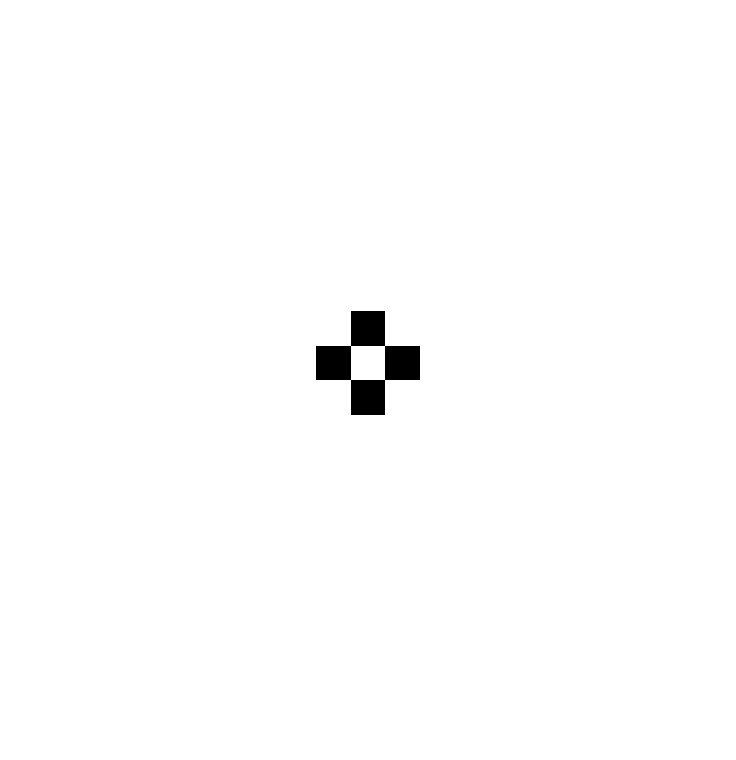















, 266 x 144 cm..jpeg)

